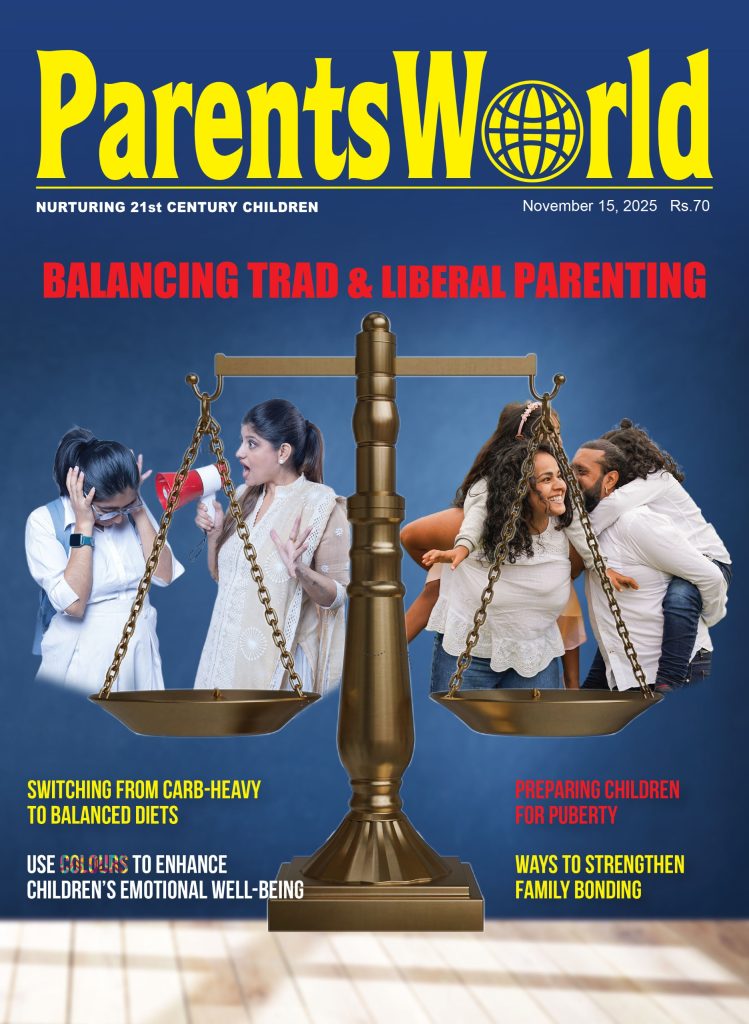UN’s first International Day of Education
The United Nations is observing the first International Day of Education today (January 24, 2019) to promote education as a critical aspect of sustainable development and to call upon all nations to focus on quality education as an effective tool to eradicate poverty and unemployment and to promote peace. On this occasion, we bring to you some pertinent facts on the global education scenario.
- According to UNESCO (United Nations Educational, Scientific and Cultural Organization), 262 million children and youth across the globe do not attend school. 617 million children and adolescents cannot read and do basic math. And less than 40 percent of girls in sub-Saharan Africa complete their lower secondary school and some four million children and youth refugees are out of school.
- According to UNICEF data, the world has missed the Millennium Development Goal (MDG) in achieving universal primary education (UPE) by the year 2015. Across the world 91 percent of primary-school-age children were enrolled in school in 2015. The major challenge lies in Sub-Saharan Africa, where the net enrolment rate stood at 79 percent in 2015. Although the number of out-of-school children in the primary school age declined globally from 100 million to 61 million between 2000 and 2015, progress has stalled since 2007.
- A large majority of out of school children are girls, who make up 54 percent of the 115 million children not in school. For every 100 boys, there are only 94 girls in primary school. Only two-thirds of 181 countries have achieved gender parity in primary education. The worst gender gap is in countries like Afghanistan (44 girls in school for every 100 boys), the Central African Republic, Chad, Niger, Pakistan and Yemen. Interestingly, less than 20 percent of young adults in most OECD countries have not completed upper secondary education.
- On an average, 50 percent of women aged between 25-34 years were or are currently enrolled in university, compared to only 38 percent of men. Among 55-64-year-olds, there is an equal number of tertiary-educated men and women across OECD countries.
- According to the United Nations International Children’s Emergency Fund (UNICEF) data, 97 percent of Rohingya refugees aged 15-24 receive no education at all. More than 145,000 Rohingya children living in refugee camps in Bangladesh are now attending “learning centers” supported by The U.N. children’s agency. UNICEF aims to reach 260,000 children with education services this year by extending its network of learning centers to about 2,500.
- According to UNESCO data, India’s literacy rate is 72.1 per cent. The literacy among men is 80.9 percent, while for women it is 62.8 percent.
- The Annual Status of Education, ASER 2018 report by the NGO Pratham states that since the introduction of the Right to Education Act, India has witnessed someone tangible improvements. According to ASER 2018 report, children in government schools enrolled in class V who can read at least a class II text book has inched up from 41.7 percent in 2016 to 44.2 percent in 2018.

















Add comment